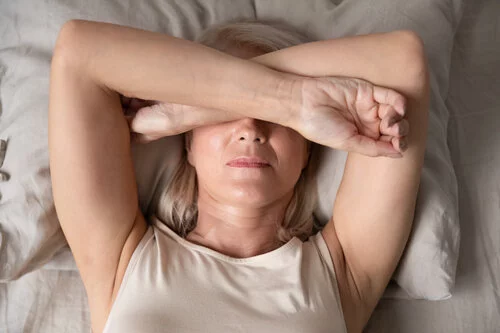
Bioidentical hormone replacement therapy (BHRT) has emerged as a popular alternative for managing menopausal symptoms, but misconceptions and myths often surround this treatment approach. In this article, we debunk common myths about BHRT and provide clarity on its safety, efficacy, and benefits for BHRT for menopause.
Myth 1: BHRT is the Same as Traditional Hormone Replacement Therapy (HRT)
While both BHRT and traditional hormone replacement therapy (HRT) involve using hormones to alleviate menopausal symptoms, they differ in several key aspects. BHRT utilizes hormones that are molecularly identical to those produced by the body, while traditional HRT may involve synthetic hormones or animal-derived hormones. Additionally, BHRT offers a customized approach to hormone replacement, tailoring treatment plans to meet each individual’s specific needs.
Myth 2: BHRT is Unsafe and Unregulated
Contrary to popular belief, BHRT is regulated by the FDA (Food and Drug Administration) and must be prescribed by a licensed healthcare provider. The hormones used in BHRT are compounded in specialized pharmacies according to strict quality and safety standards. When prescribed and monitored appropriately, BHRT is generally considered safe for most women and can provide significant relief from menopausal symptoms.
Myth 3: BHRT Increases the Risk of Breast Cancer
The relationship between hormone replacement therapy and breast cancer risk is complex and varies depending on factors such as the type of hormones used, the duration of therapy, and individual risk factors. While some studies have suggested a potential link between HRT and an increased risk of breast cancer, evidence regarding BHRT’s impact on breast cancer risk remains inconclusive. Women considering BHRT should discuss their individual risk factors with their healthcare provider.
Myth 4: BHRT is Only Effective for Hot Flashes
While hot flashes are a common symptom of menopause and a primary target of BHRT, this treatment approach can address a wide range of menopausal symptoms, including night sweats, vaginal dryness, mood disturbances, and cognitive changes. By restoring hormonal balance, BHRT offers comprehensive relief and improves overall quality of life for menopausal women.
Myth 5: BHRT is Not Supported by Scientific Evidence
Numerous studies have investigated the safety and efficacy of BHRT in managing menopausal symptoms, with many demonstrating positive outcomes. Research indicates that BHRT can effectively alleviate symptoms such as hot flashes, night sweats, and vaginal dryness, while also offering potential benefits for bone health, cardiovascular function, and mood stability. Women considering BHRT should consult with their healthcare provider to discuss the available evidence and determine the most appropriate treatment approach.
Conclusion
Bioidentical hormone replacement therapy (BHRT) offers a safe and effective alternative for managing menopausal symptoms, providing relief and improving quality of life for many women. By dispelling common myths and misconceptions surrounding BHRT for menopause, women can make informed decisions about their healthcare and explore personalized treatment options with confidence. With proper guidance and monitoring, BHRT can empower women to navigate through menopause with vitality and well-being.